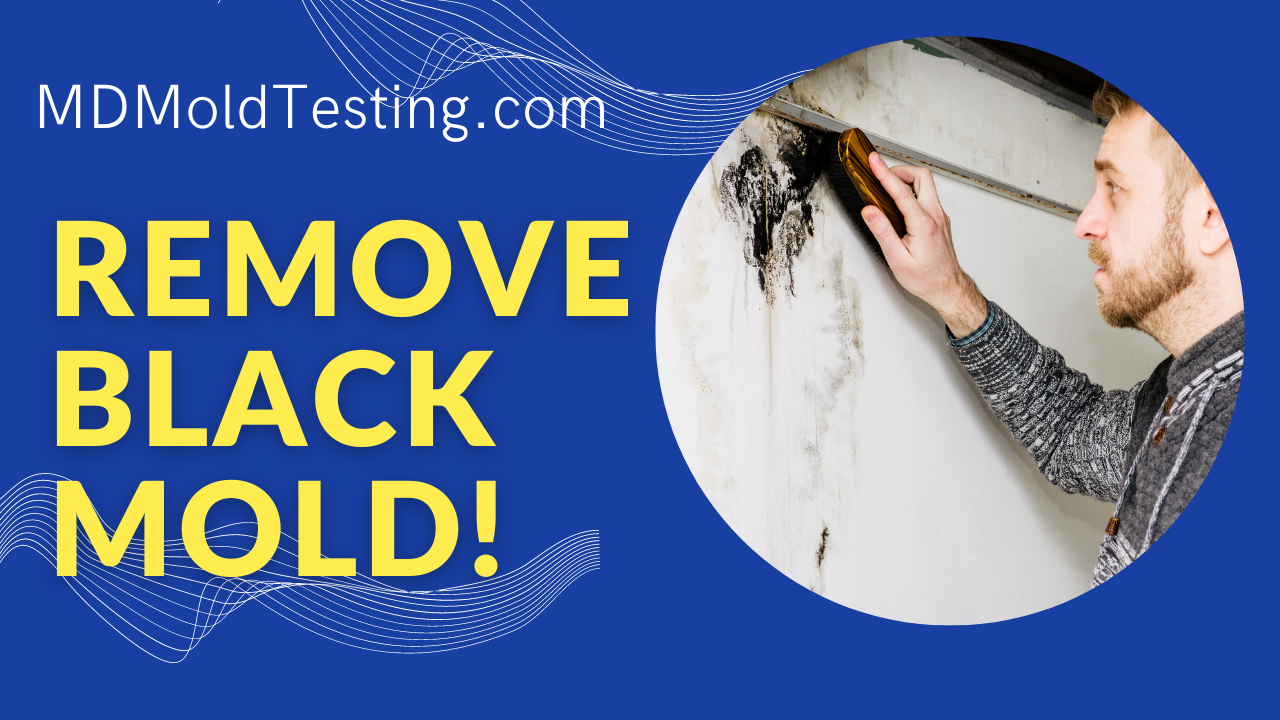- Home
- Archive: February, 2024
Black Mold – How To Kill Toxic Mold In Under 5 Mins!
Black Mold – How To Kill Toxic Mold In Under 5 Mins!
The discovery of ominous black spots on walls or ceilings can be cause for concern. If you have stumbled upon such marks and worried what might be lurking there, you are not alone. This article will examine the notoriously toxic black mold, dispel some myths, and provide science-based recommendations for removal and remediation.
What is Black Mold and Why is it Problematic?
Black mold refers colloquially to Stachybotrys chartarum, a greenish-black mold which produces spores and mycotoxins that can have adverse health effects. This “toxic black mold” thrives in damp areas and releases spores that can cause allergic reactions or more severely compromise respiratory function.
While mold exposure does not always lead to illness, S. chartarum merits special attention due to its production of mycotoxins. Both dead and living black mold can present health hazards if mycotoxins are released and ingested or inhaled. Remediation requires complete removal, not just killing the mold.
Mold Growth Requirements – Moisture Control is Key
For mold growth to occur, three vital elements must be present:
- Moisture – The most critical factor enabling mold colonies to emerge and expand. Preventing moisture buildup via drainage systems, fixing leaks promptly, etc. is imperative.
- Humidity – Warm, humid air encourages mold growth. Dehumidifiers can assist in regulating interior humidity.
- Nutrient-Rich Surface – Porous surfaces like drywall and wood allow mold to dig in and thrive. Non-porous building materials inhibit nutrients mold needs.
Eliminating any one of these elements disrupts the mold life cycle. As moisture control poses the biggest challenge for homeowners, it deserves special attention when dealing with a mold problem.
Solutions For Killing and Removing Black Mold
To combat mold, homeowners may utilize antimicrobial agents tailored specifically to address fungal buildup. Products like Concrobium and Vital Oxide can prove quite effective. However, as emphasized above, truly conquering a black mold problem requires complete removal, not just killing the mold.
For small areas of colonization, non-toxic household staples may assist in mold removal:
- White Distilled Vinegar – This mild acid eliminates 82% of mold species. When combined with baking soda, efficacy improves substantially. The acidic vinegar disrupts cell walls and baking soda dehydrates mold spores.
- 3% Hydrogen Peroxide – Diluted hydrogen peroxide applied directly to affected areas attacks mold at surface level and reaches down into roots. Rinsing afterwards washes away dead spores.
- Borax – This natural mineral with antimicrobial properties can be mixed with water to create a spray solution that hinders mold growth and aids removal.
However, caution should be taken with do-it-yourself mold remediation even when using natural products. Disturbing mold colonies may actually increase one’s exposure to mycotoxins if spores become airborne during the removal process. Professional help is recommended for extensive infestations.
Professional Mold Remediation
Seeking professional mold inspection and remediation services is advisable in cases of widespread colonization or when health symptoms manifest. However, this route understandably gives pause to homeowners worried about costly projects.
To assist in evaluating the severity of a mold problem before calling in the professionals, one can employ a mold inspection checklist. Such a checklist focuses on key aspects like location and surface area of mold growth, moisture levels in the home, and health symptoms exhibited. This DIY analysis helps determine if the infestation is manageable independently or requires expert intervention. Access a free printable mold inspection checklist here.
When to Call In a Professional
The decision to request professional mold remediation services is highly circumstantial. However, the following factors suggest specialized assistance is needed:
- Health symptoms like chronic coughs, respiratory distress, fatigue, etc. manifest after mold exposure
- More than 10 square feet of surface area displays mold growth
- Signs of moisture damage found along with mold (warped floors, water stains, etc.)
- Mold growth observed in HVAC system or air ducts
- Infants, pregnant women, elderly or immunocompromised individuals reside in the home
Remediation companies use commercial HEPA vacuums, protective gear, and antimicrobial agents more potent than household products. They contain the affected area to prevent spore dispersion to other parts of the home during the removal process. All contaminated materials are disposed of properly. Professional contracts also often come with warranties should mold return.
Key Takeaways
Dealing with black toxic mold does not have to be a horror story ending in financial ruin or health calamities if armed with the proper knowledge and resources. By understanding what enables mold to grow, utilizing antimicrobial cleaning agents, checking moisture levels around the home, and calling in reinforcements when necessary, one can conquer mold’s unsightly colonies.
To learn more about protecting your home from mold infestations, visit our website at www.website.com. Please leave any lingering questions in the comments below. We aim to respond promptly to help homeowners and renters breathe easier by keeping dwellings free of mold.

